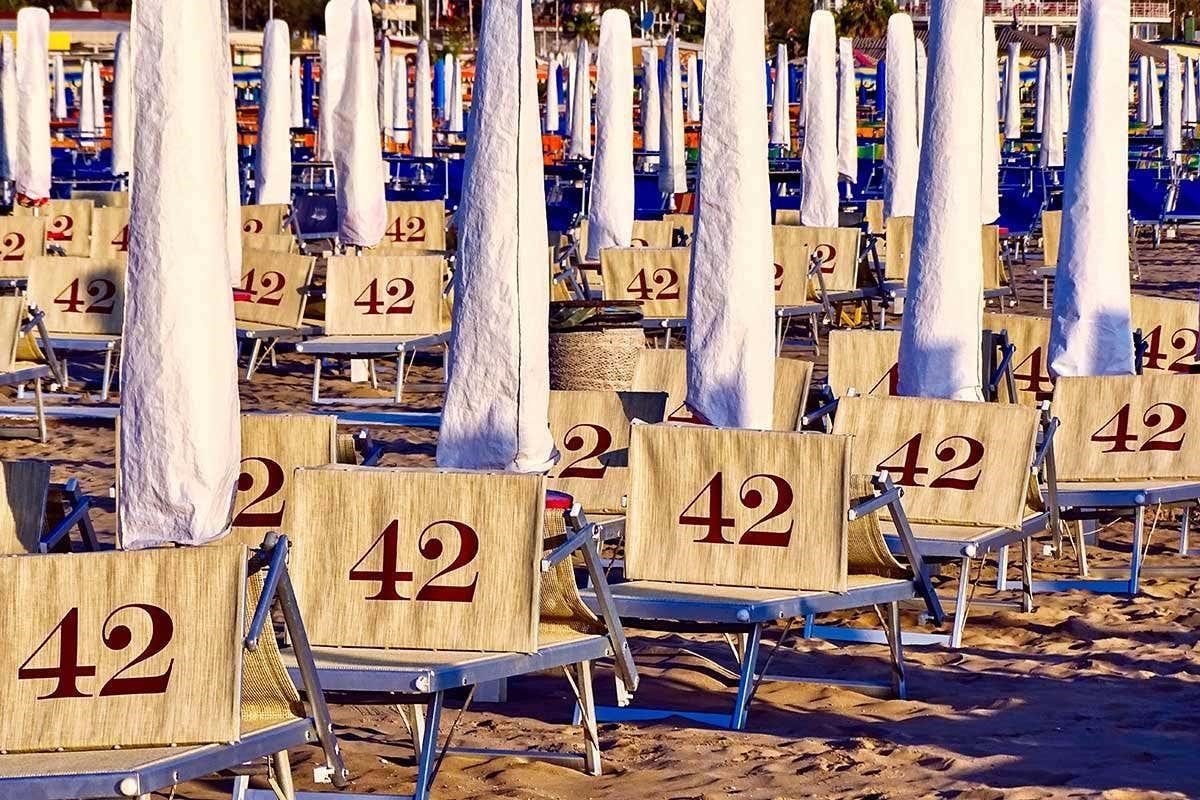Can three cubed numbers be added up to give 42? Until now, we didn’t know
It might not tell us the meaning of life, the universe, and everything, but mathematicians have cracked an elusive problem involving the number 42.
Since the 1950s, mathematicians have been puzzling over whether any integer – or whole number – can be represented as the sum of three cubed numbers.
Put another way: are there integers k, x, y and z such that k = x3 + y3 + z3 for each possible value of k?
Andrew Booker at Bristol University, UK, and Andrew Sutherland at the Massachusetts Institute of Technology, US, have solved the problem for the number 42, the only number less than 100 for which a solution had not been found.
Some numbers have simple solutions. The number 3, for example, can be expressed as 13 + 13 + 13 and 43 + 43 + (-5) 3 . But solving the problem for other numbers requires vast strings of digits and, correspondingly, computing power.
The solution for 42, which Booker and Sutherland found using an algorithm, is:
42 = (-80538738812075974)3 + 804357581458175153 + 126021232973356313
They worked with software firm Charity Engine to run the program across more than 400,000 volunteers’ idle computers, using computing power that would otherwise be wasted. The amount of processing time is equivalent to a single computer processor running continuously for more than 50 years, says Sutherland.
Earlier this year, Booker found a sum of cubes for the number 33, which was previously the lowest unsolved example.
We know for certain that some numbers, such as 4, 5 and 13, can’t be expressed as the sum of three cubes.
The problem is still unsolved for 10 numbers less than 1000, the smallest of which is 114.
The team will next search for another solution to the number 3.
“It’s possible we’ll find it in the next few months; it’s possible it won’t be for another hundred years,” says Booker.
People interested in aiding the search can can volunteer computing power through Charity Engine, says Sutherland.
For more such insights, log into www.international-maths-challenge.com.
*Credit for article given to Donna Lu*


